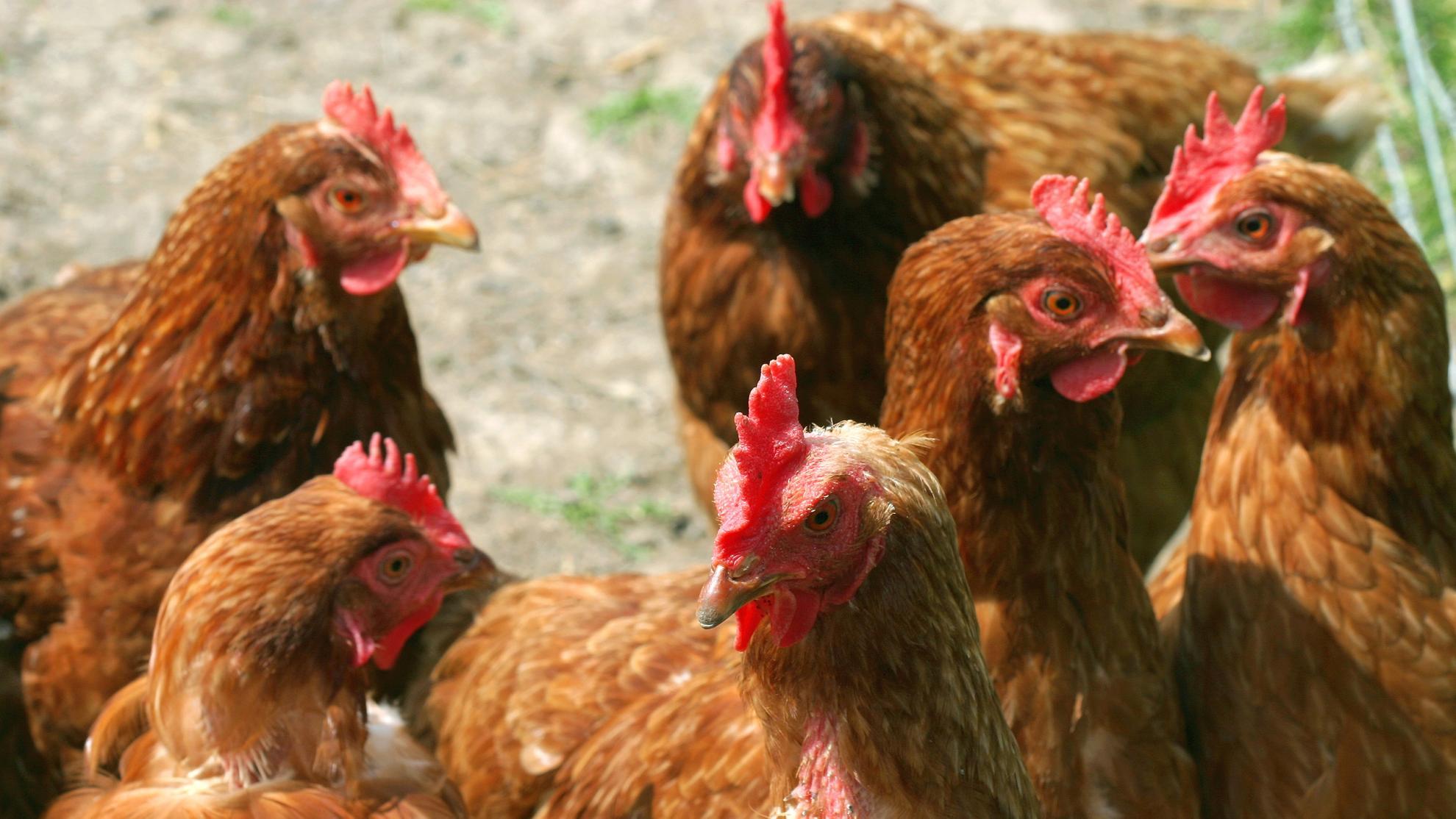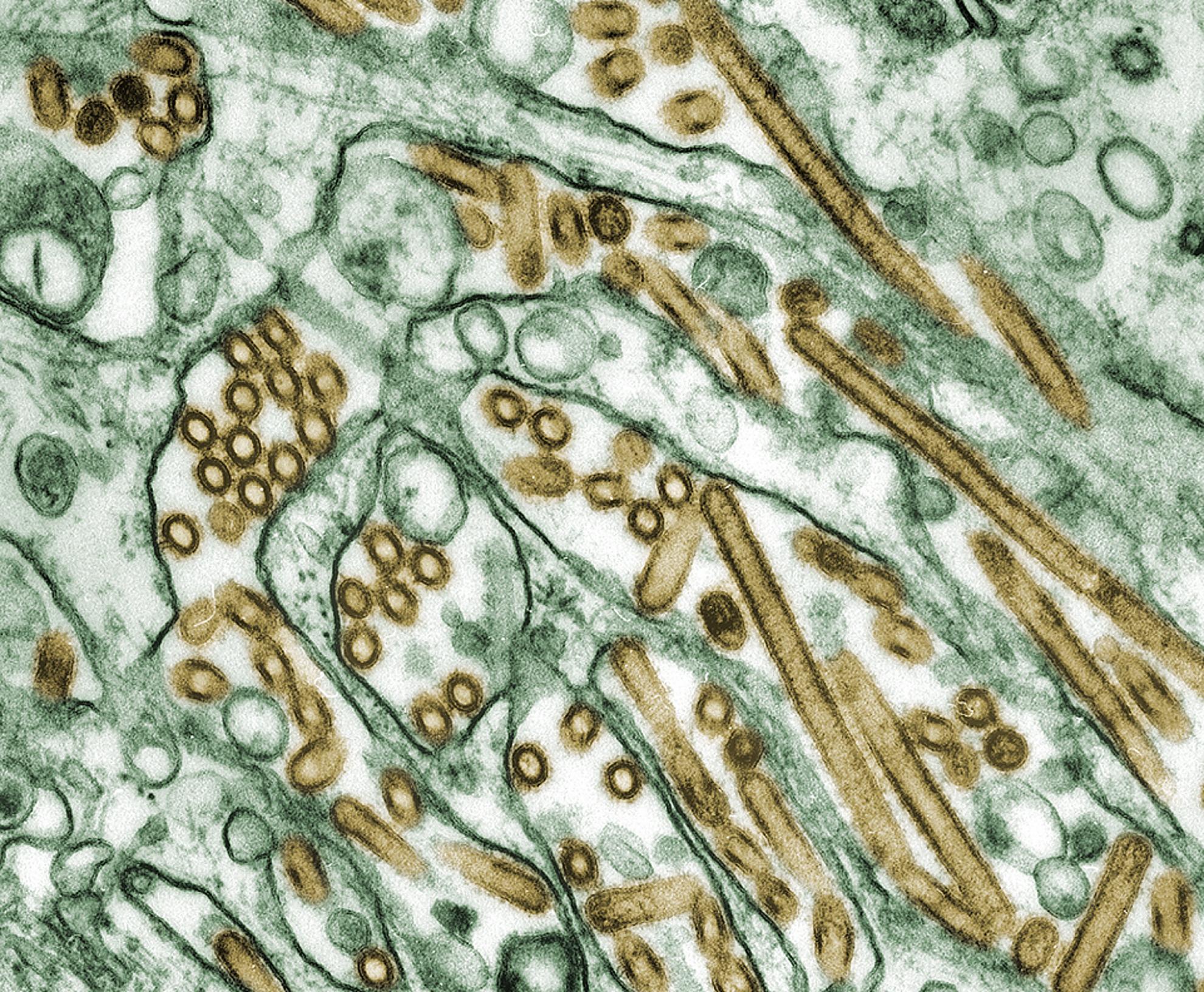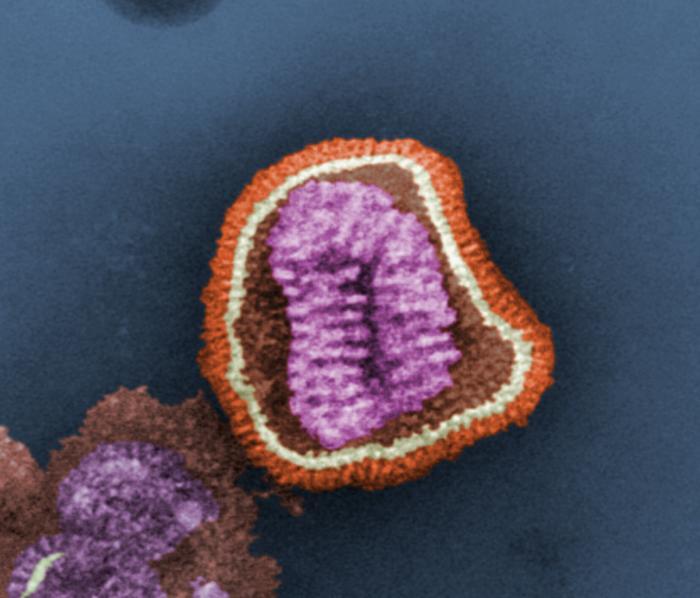Identification of the amino acid residues responsible for inhibition of host gene expression by influenza A H9N2 NS1
H9N2 influenza A viruses (IAV) are considered low pathogenic avian influenza viruses (LPAIV). These viruses are endemic in poultry in many countries in Asia, the Middle East and parts of Africa. Several cases of H9N2-associated infections in humans as well as in pigs have led the World Health Organization (WHO) to include these viruses among those with pandemic potential. To date, the processes and mechanisms associated with H9N2 IAV adaptation to mammals are poorly understood. The nonstructural protein 1 (NS1) from IAV is a virulence factor that counteracts the innate immune responses. Here, we evaluated the ability of the NS1 protein from A/quail/Hong Kong/G1/97 (HK/97) H9N2 to inhibit host immune responses. We found that HK/97 NS1 protein counteracted interferon (IFN) responses but was not able to inhibit host gene expression in human or avian cells. In contrast, the NS1 protein from earlier H9N2 IAV strains, including the first H9N2 A/turkey/Wisconsin/1/1966 (WI/66), were able to inhibit both IFN and host gene expression. Using chimeric constructs between WI/66 and HK/97 NS1 proteins, we identified the region and amino acid residues involved in inhibition of host gene expression. Amino acid substitutions L103F, I106M, P114S, G125D and N139D in HK/97 NS1 resulted in binding to the 30-kDa subunit of the cleavage and polyadenylation specificity factor (CPSF30) and, in consequence, inhibition of host gene expression. Notably, changes in the same amino acid residues resulted in the lack of inhibition of host gene expression by WI/66 NS1. Importantly, our results identified a new combination of amino acids required for NS1 binding to CPSF30 and inhibition of host gene expression. These results also confirm previous studies demonstrating strain specific differences in the ability of NS1 proteins to inhibit host gene expression.


